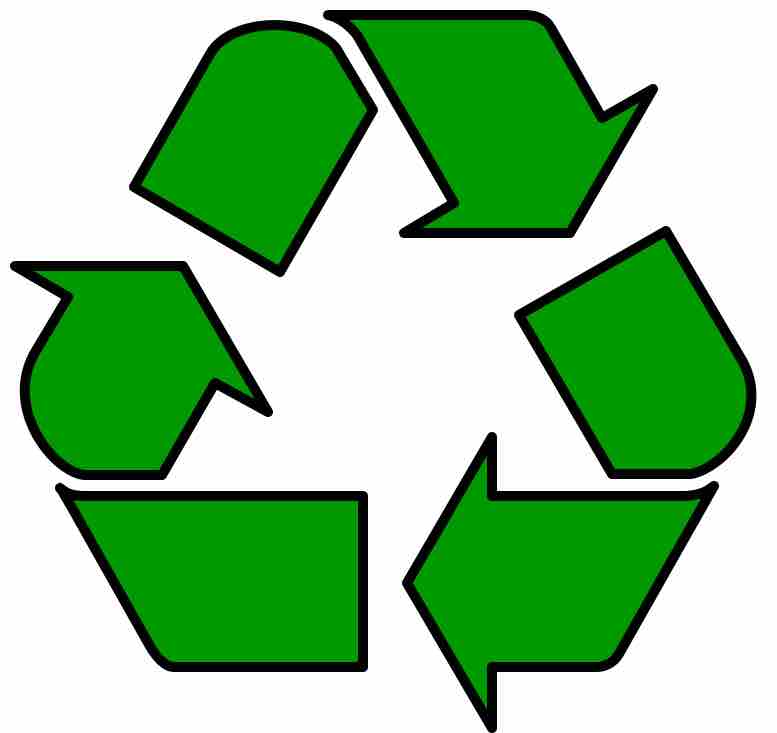Packaging
With the increased importance placed on self-service marketing, the role of packaging is becoming quite significant. For example, in a typical supermarket a shopper passes about 600 items per minute, or one item every tenth of a second. Thus, the only way to get some consumers to notice the product is through displays, shelf hangers, tear-off coupon blocks, other point-of-purchase devices, and, last but not least, effective packages. Considering the importance placed on the package, it is not surprising that a great deal of research is spent on motivational research, color testing, psychological manipulation, and so forth, in order to ascertain how the majority of consumers will react to a new package. Based on the results of this research, past experience, and the current and anticipated decisions of competitors, the marketer will initially determine the primary role of the package relative to the product. Should it include quality, safety, distinction, affordability, convenience, or aesthetic beauty?

Various Packaging Designs, including labeling
Packaging refers to the physical appearance of a product when a consumer sees it, and labels are an informative component of packaging.
Common uses of packaging include:
- Physical protection: The objects enclosed in the package may require protection from, among other things, mechanical shock, vibration, electrostatic discharge, compression, temperature, etc.
- Information transmission: Packages and labels communicate how to use, transport, recycle, or dispose of the package or product. With pharmaceuticals, food, medical, and chemical products, some types of information are required by governments. Some packages and labels also are used for track and trace purposes.
- Marketing: The packaging and labels can be used by marketers to encourage potential buyers to purchase the product. Package graphic design and physical design have been important and constantly evolving phenomenon for several decades. Marketing communications and graphic design are applied to the surface of the package and (in many cases) the point of sale display, examples of which are shown here:.
- Convenience: Packages can have features that add convenience in distribution, handling, stacking, display, sale, opening, re-closing, use, dispensing, reuse, recycling, and ease of disposal.
- Barrier protection: A barrier from oxygen, water vapor, dust, etc., is often required. Permeation is a critical factor in design. Some packages contain desiccants or oxygen absorbency to help extend shelf life. Modified atmospheres or controlled atmospheres are also maintained in some food packages. Keeping the contents clean, fresh, sterile and safe for the intended shelf life is a primary function.
- Security: Packaging can play an important role in reducing the security risks of shipment. Packages can be made with improved tamper resistance to deter tampering and also can have tamper-evident features to help indicate tampering. Packages can be engineered to help reduce the risks of package pilferage.
Labeling
A label is a carrier of information about the product. The attached label provides customers with information to aid their purchase decision or help improve the experience of using the product. Labels can include:
- Care and use of the product
- Recipes or suggestions
- Ingredients or nutritional information
- Product guarantees
- Manufacturer name and address
- Weight statements
- Sell by date and expiration dates
- Warnings
Symbols Used in Labels
Many types of symbols for package labeling are nationally and internationally standardized. For consumer packaging, symbols exist for product certifications, trademarks, and proof of purchase. Some requirements and symbols exist to communicate aspects of consumer use and safety. For example, the estimated sign notes conformance to EU weights and measures accuracy regulations. Examples of environmental and recycling symbols include the recycling symbol, the resin identification code, and the "green dot."
Labeling Laws
In some countries, many products, including food and pharmaceuticals, are required by law to contain certain labels such as ingredients, nutritional information, or usage warning information (FDA). For example, a law label is a legally required tag or label on new items describing the fabric and filling regulating the United States mattress, upholstery, and stuffed article industry. The purpose of the law label is to inform the consumer of the hidden contents, or "filling materials" inside bedding & furniture products. Laws requiring these tags were passed in the United States to inform consumers as to whether the stuffed article they were buying contained new or recycled materials. The recycling logo,, needed to be displayed on the label. The Fair Packaging and Labeling Act (FPLA) is a law that applies to labels on many consumer products that states the products identity, the company that manufactures it, and the net quantity of contents.

Labels Indicating Recycled Material
Laws were passed in the United States to inform consumers as to whether the stuffed articles they were buying contained new or recycled materials.